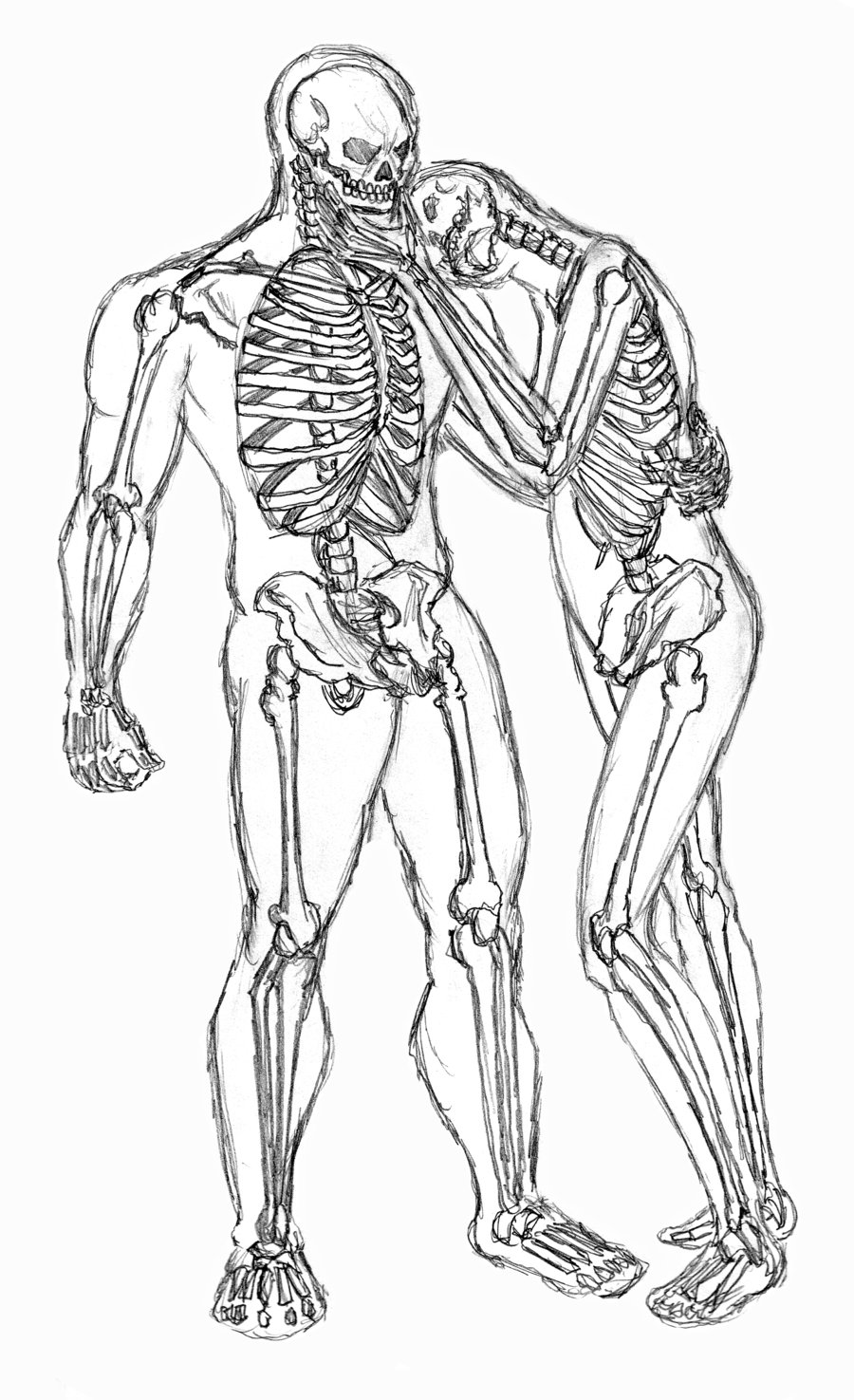

Science keeps showing us that sex also doesn’t fit in a binary, whether it be determined by genitals, chromosomes, hormones, or bones (which are the subject of my research). This represents a fundamental misunderstanding about the nature of biological sex. But underlying all of this is the perception that no matter the gender a person identifies as, they have an underlying sex they were born with.

Department of Health and Human Services is trying to set up a legal binary definition of sex, establishing each person “as male or female based on immutable biological traits identifiable by or before birth.” But our bodies are more complicated than that.Īn increasing recognition of this complexity by researchers and the public has affirmed that gender sits on a spectrum: People are more and more willing to acknowledge the reality of nonbinary and transgender identities, and to support those who courageously fight for their rights in everything from all-gender bathrooms to anti-gender-discrimination laws. According to a memo leaked to The New York Times in October, the U.S. In the U.S., the Trump administration looks set to make things worse. People like Martínez-Patiño have been ill-served by rules that draw a hard line between the sexes. She lost her records and medals because of a genetic mutation that wasn’t proven to give her any competitive advantage. She was ejected from the Olympic residence and deserted by her teammates, friends, and boyfriend. But in the mid-1980s, when her chromosome results came back as XY instead of the “normal” XX for a woman, the Spanish national team ousted hurdler María José Martínez-Patiño. Her testosterone levels weren’t unusually high for a woman.


 0 kommentar(er)
0 kommentar(er)
